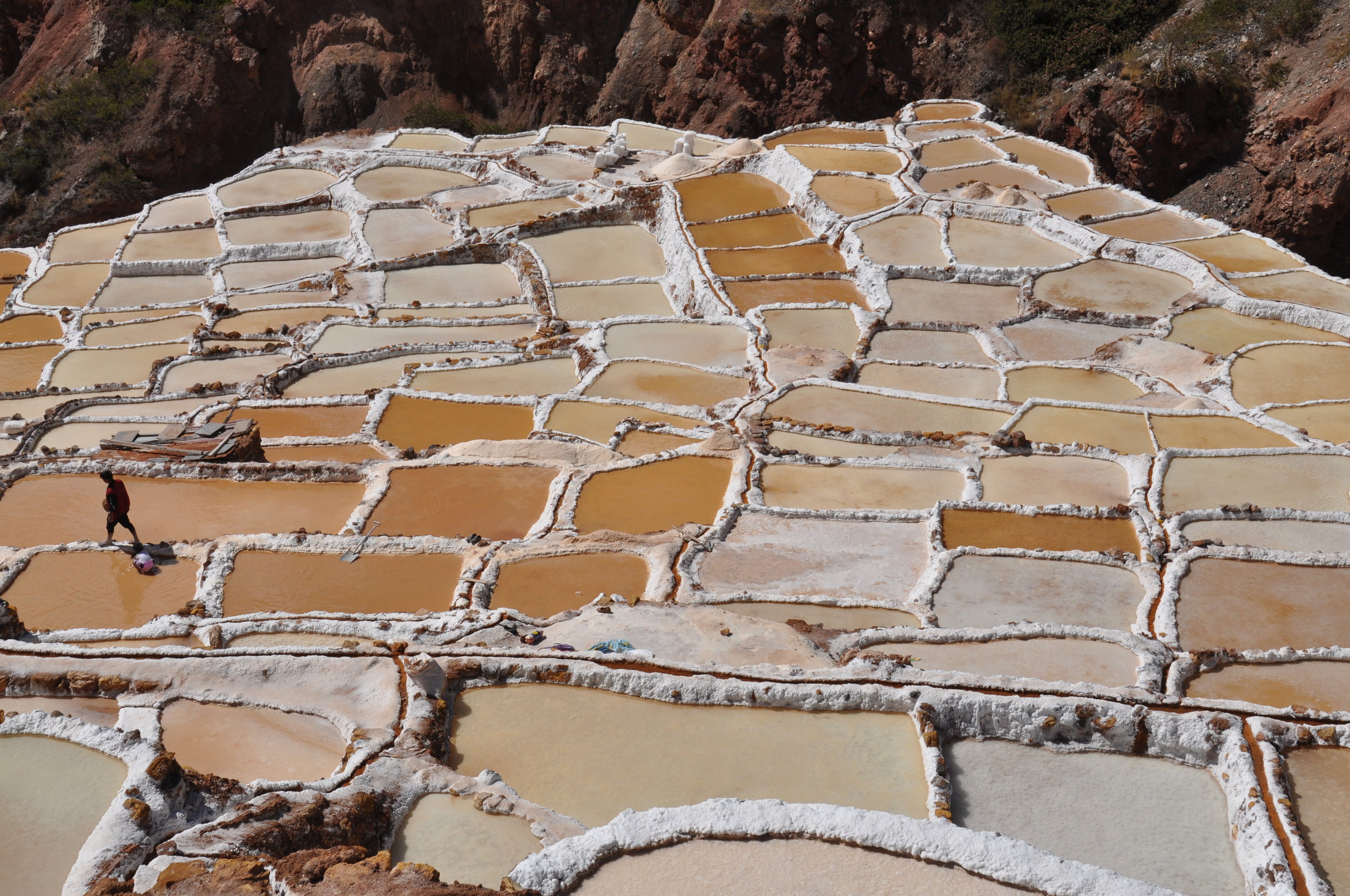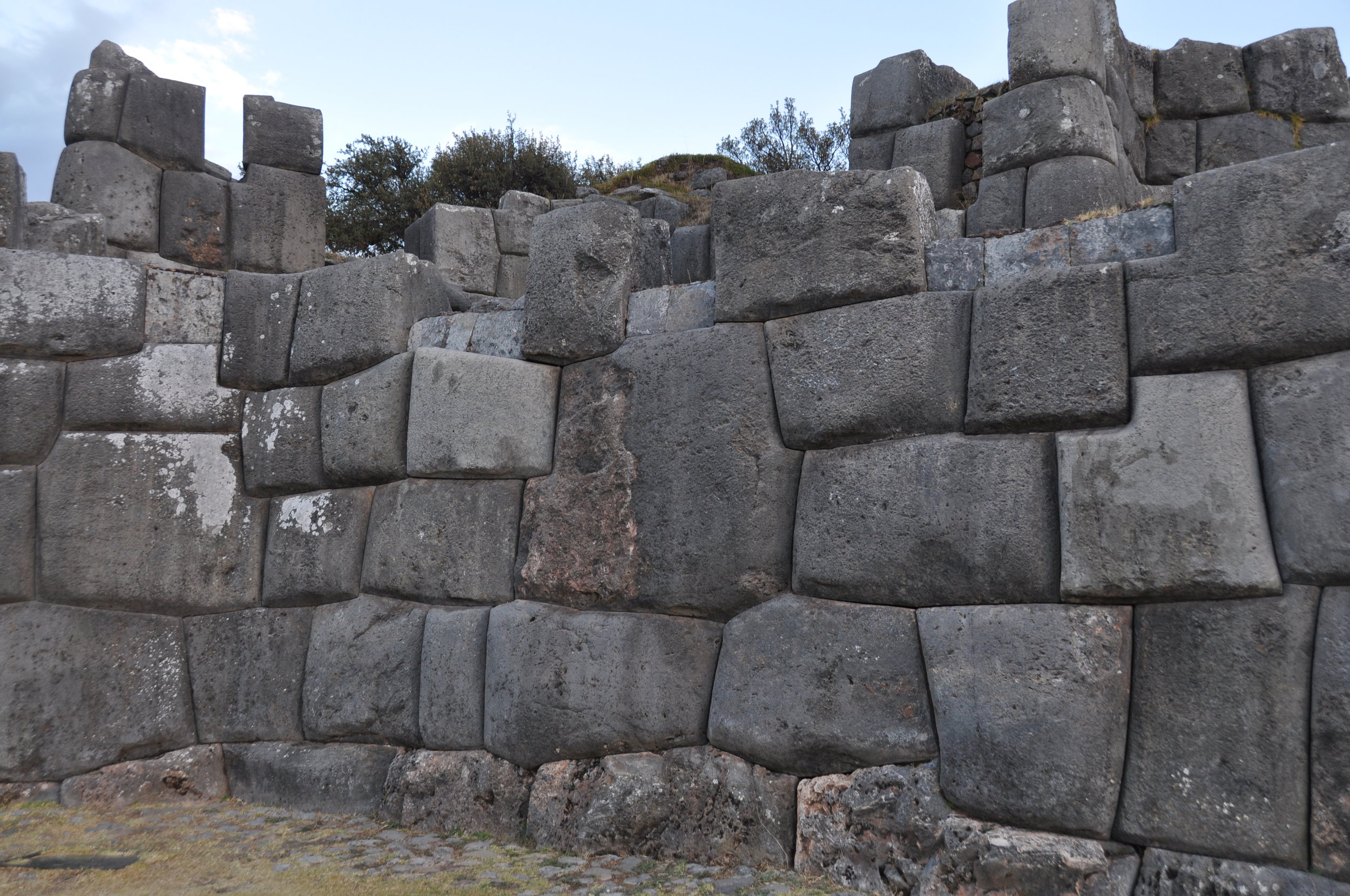This was a day of visiting architectural sites near Cusco.
First we visited the Inca ruins of Moray with the circular terraces. It is thought that Moray was used as a place of agricultural experimentation for different crops at different elevations.
The Salt Ponds near Maras are still being used by the people living in the area to produce salt. A spring of salt water mixes with a fresh water creek that drains into hundreds of shallow ponds that have existed for centuries. You can purchase pink salt and salt with herbs near by.
Saqsaywaman is one of the largest and most interesting of all the Inca ruins and is located in Cusco. The huge stones are so large - some are 30 feet tall and estimated to weigh between 100 and 300 tons - it is hard to imagine how they were moved to the site. The stones fit together like a puzzle and they are so precise in their fit that you cannot slide a credit card in between them. There are also many carved stones that are chiseled out of the bedrock forming different shapes - thrones, staircases, platforms - which are beautiful to behold.
Back in downtown Cusco, women in traditional clothing were walking around the street with their alpacas and lamas to take photos with the tourists (for a small fee). I couldn’t resist and loved holding the baby alpaca.
With the baby alpaca and the local Cusco women
The agricultural Inca terraces in Moray
Shallow salt ponds maintained by local families near Maras in the Sacred Valley
One of the massive rock walls at Saqsaywaman







